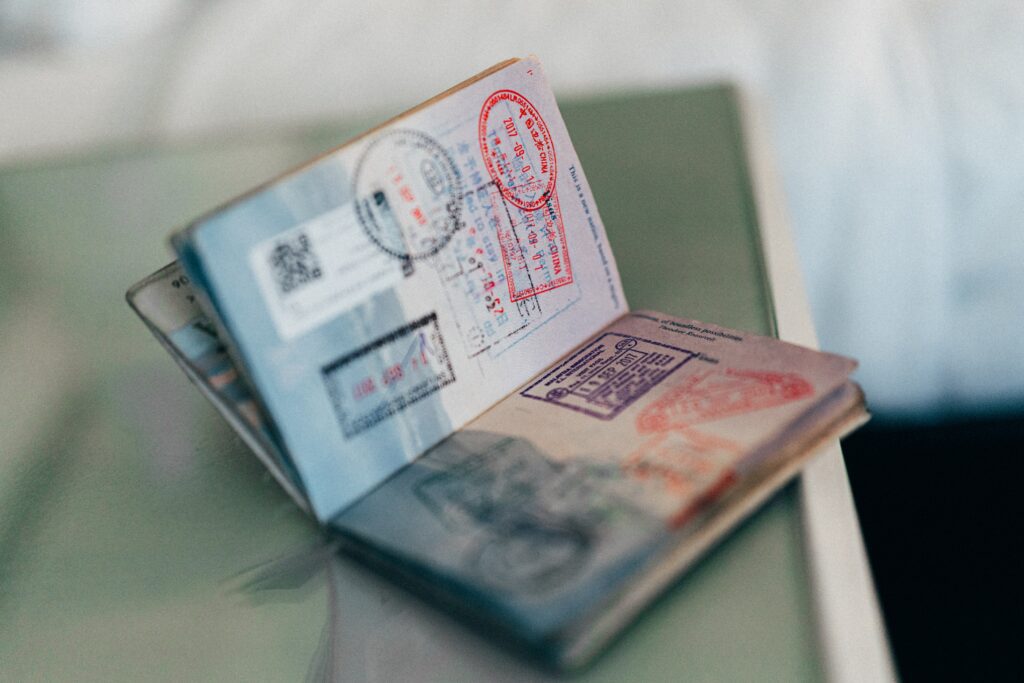
Travel in Asia is back. The region is leading global tourism recovery in 2024 with international arrivals surging to pre-pandemic levels in many destinations.
Popular tourist hubs like Thailand, Vietnam, and Malaysia are reporting record visitor numbers, buoyed by pent-up demand and targeted policy changes. However, one factor is helping make this rebound even stronger: a wave of relaxed visa rules across the region.
For decades, visa requirements have been a blocker for travelers, complicating trips and deterring tourism growth. This year, however, Asia led the way in rewriting the rules of cross-border travel. Countries like Malaysia, China, and Thailand have spearheaded initiatives to ease visa processes, having embraced bold visa-free policies. These changes are more than bureaucratic adjustments — they represent a seismic shift in how nations court global tourists while bringing in steady tourism dollars.
Everybody Loves the Indian Traveler
India’s rising outbound tourism has caught the world’s attention. Countries such as Thailand, Malaysia, and Sri Lanka have introduced visa waivers specifically targeting Indian travelers.
- Thailand: By lifting visa requirements for Indian tourists, Thailand reported a surge in interest from India. Thailand had set a goal of 1.7 million Indians by the end of this year, but the country managed to surpass this goal in October itself. For the period till October, India was the third-largest source market, according to data from the Tourism Authority of Thailand, accounting for nearly 6% of its 28.8 million visitors.
- Malaysia: A visa-free policy led to a 150% jump in arrivals from India and China in the first half of 2024.
- Sri Lanka: From October 2023 to May 2024, Sri Lanka had waived visa fees for tourists from India and six other nations. In August this year, The Sri Lankan government announced a six-month visa-free access for citizens from 35 countries, including India, the UK, and the U.S., from October 1, 2024. In the first 11 months of 2024, India was the top source market for Sri Lanka with 364,093 arrivals.
- South Africa has also announced that it will implement a new electronic travel agreement visa system for Indian citizens, phasing out its previous e-visa system.
- Philippines: The country recently rolled out an e-visa system for Indian nationals and also allows visa-free entry for Indian nationals with select visas.
These policies reflect the growing influence of Indian travelers, whose demand for seamless travel aligns with their rising disposable income and appetite for international experiences.
China’s Bold Visa-Free Experiment
China, historically conservative with its visa policies, has expanded its unilateral visa free entry policy to include citizens of 38 countries, which includes 33 European nations. From November 30, China has also doubled down on the limit for visa-free stay for citizens of these nations from 15 to 30 days.
- Unexpected Moves: The inclusion of South Korea, despite cultural tensions, also highlights China’s commitment to reviving its tourism sector.
- Impact: China’s tourism ministry reported a 79% year-on-year increase in inbound tourists during the first three quarters of 2024, totaling 95 million visitors.
These developments not only signal China’s intent to reclaim its position as a global travel hub but also highlight how geopolitics and tourism often intersect.
The Economic Payoff
Visa-free policies go beyond tourism — they’re economic strategies.
- Boosting Tourism Revenue: Malaysia Sri Lanka and Thailand for instance, expect billions in tourism revenue through simplified visa programs. Thailand is now visa free for citizens of 93 countries and territories, for a stay of up to 60 days, while those from 31 countries and territories can apply for visas on arrival. Tourism Authority of Thailand aims to increase tourism revenue in the country by 7.5% next year.
- Airline Growth: Airlines like AirAsia have also directly benefited, as the carrier announced routes to capitalize on relaxed visa requirements.
- Digital Payments: Earlier this year, Ant Group and its partners launched the International Consumer Friendly Zones program in Beijing to make digital payment more accessible for international travelers. The program has since expanded to 70 cities and 500 tourist attractions.
- Boosting Bookings for OTAs: Chinese online travel agency Trip.com in its latest earnings call noted a 100% increase in inbound hotel bookings on its platform in the third quarter.
The Uneven Landscape
Visa headaches are becoming relics of the past as countries shift to digital platforms. According to the UNWTO, the percentage of travelers requiring traditional paper visas dropped to 47% in 2023, down from 77% in 2008.
Vietnam’s expansion of e-visas to all nationalities led to a 58.4% surge in arrivals in early 2024.
While major economies in Asia are rolling out the red carpet, others lag behind. Lengthy visa processing times, such as those for U.S. visas, continue to deter travelers. The U.S. however, has been working to remove these barriers, especially in India. Earlier this month, the U.S. Embassy in Delhi and consulates in Mumbai, Kolkata, and Hyderabad worked on a Saturday as part of its “Super Saturdays” initiative to reduce visa wait times.
The Bottomline
Asia’s transformative visa policies reflect a broader trend of facilitating cross-border movement in an increasingly interconnected world. From Sri Lanka’s visa free programs to China’s bold expansions, these initiatives are reshaping global travel patterns.
As barriers fall, one thing is clear: The future of travel hinges on accessibility.
